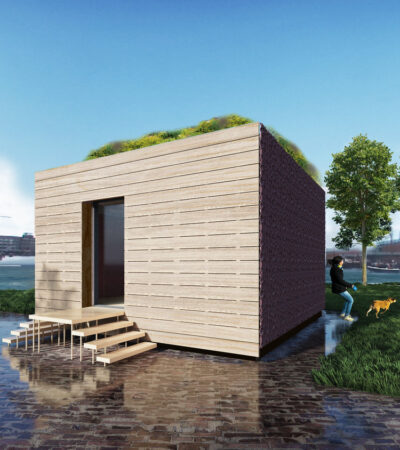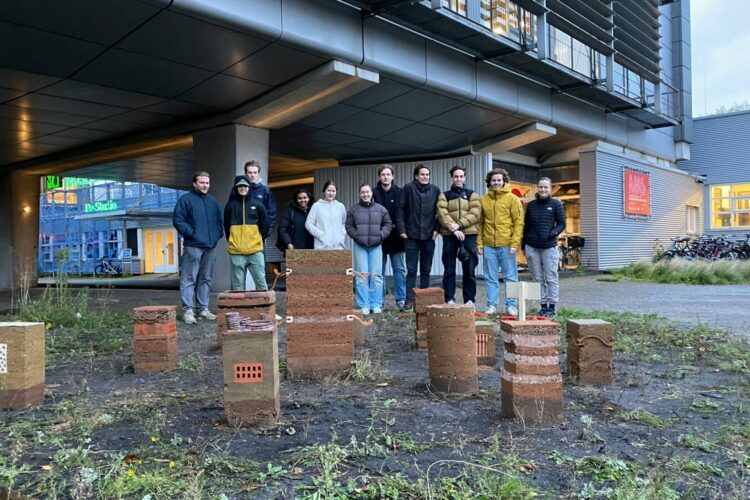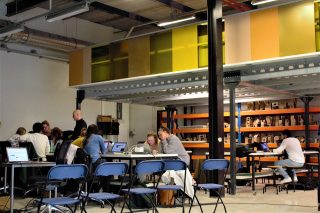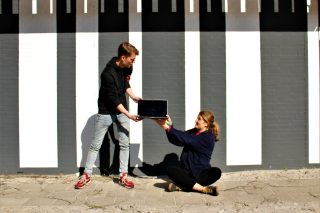New opportunities for more sustainable construction


The construction industry produces a lot of CO2 and uses a lot of energy, which makes the search for sustainable construction materials and methods more important than ever. In the Marineterrein’s Makerspace, the design degree MATTER, established by coordinator Marlies Boterman of the Academy of Architecture, is investigating how unconventional materials can be used in innovative ways to advance climate friendly ideas.
The Academy of Architecture, part of the Amsterdam University for the Arts, offers a master’s degree in architecture. The degree serves as an incubator for innovation and creativity in architecture, urbanism and landscape architecture.
The Academy’s students face huge challenges. They are grappling with problems like climate change, resource scarcity, the changing ways we use energy, managing inequality between people, and protecting the environment. All of these problems relate to the space we inhabit and how we use it. Students of the Academy of Architecture are learning to generate solutions to these massive challenges so that in the future we can reside and live sustainably and fairly. Doing so requires considerable knowledge and different ideas, so the Academy works closely with the AMS Institute and Codam, both of which are also present at the Marineterrein.
MATTER is part of Revolutionary Planet, the over-arching theme within the Academy that aims to address climate-related issues through innovation in architecture. The name MATTER suits the programme well, both as a noun denoting a ‘physical substance’ and as the verb ‘to matter’.
Students learn to work with different materials, such as earth, bacteria, fungi and fibres while helping to achieve important climate goals. Earth, for example, is not always considered a high-quality construction material but more typically as soil or even just dirt. But earth contains topsoil, a nutrient-rich layer in which many things can grow. Underneath that is usually earth that is hundreds of years old and that is composed of sand, clay or stone. A mixture of clay, loam, sand and gravel — so-called rammed loam — makes excellent material for building. Earth is also interesting to research as a regenerative material.
"We need to rediscover the value of traditional materials like earth, reed and wood and to understand how we can start using these resources again in modern construction”
MATTER is showing very promising results. The students have created different objects to show how earth, mycelium (a network of fungal hyphae), fibres and other natural materials can be used in structural building. In this respect, MATTER not only demonstrates the application of these materials in construction, but also serves as an inspiration for the construction sector.
Many of these experiments are on display outdoors. The four mycelium objects are located close to the Makerspace and Culture Club. One such object is an insect hotel. The earthen constructions are next to the entrance of the AMS building.
These companies and organizations are involved in this experiment

All students of Amsterdam University of the Arts have a common maker space where they work together with scientists, industry and community members in the field, on innovative projects for societal...


The AMS Institute was founded in 2014 as a collaboration between Wageningen University and Research, Delft University of Technology, and the Massachusetts Institute of Technology in Boston. The...


Codam teaches you how to learn – to think, do, adapt and evolve to overcome any challenge from today or tomorrow.
